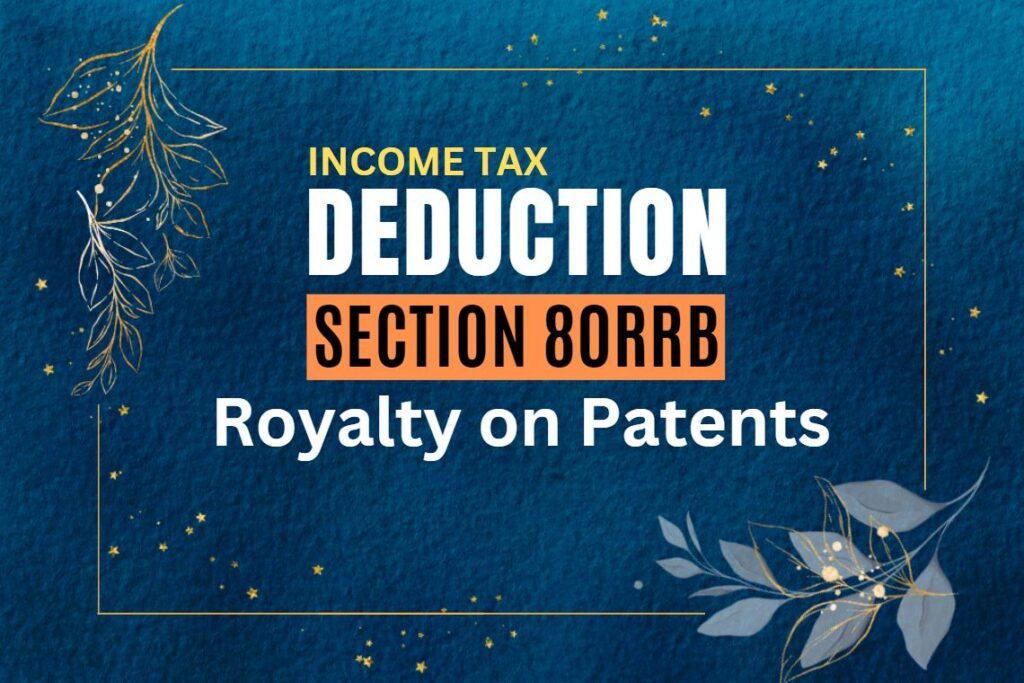Section 80JJAA of the Indian Income Tax Act, 1961 provides a valuable deduction for employers who create new employment opportunities in the country. This deduction encourages job creation and promotes economic growth. The deduction is available for three consecutive assessment years, starting from the year in which additional employment is created.
Eligibility Criteria
To avail the deduction under Section 80JJAA, certain conditions need to be fulfilled:
- The employer should be engaged in the business of manufacturing or production of goods in India.
- The employer should have employed additional employees in the previous year compared to the base year.
- The new employees should be employed for a minimum of 240 days in the previous year.
- The deduction under Section 80JJAA is available to Indian companies, Indian limited liability partnerships (LLPs), and Indian firms (including limited liability partnerships) engaged in manufacturing or production activities.
- The new employees must be hired on a regular basis and must not be hired on contract or temporary basis.
Amount of Deduction
The deduction under Section 80JJAA is available for a specific period and is calculated as a percentage of the additional wages paid to the new employees. The deduction is available for three consecutive assessment years:
- For the first year, the deduction is 30% of the additional wages paid to new employees.
- For the second year, the deduction is 30% of the additional wages paid to new employees.
- For the third year, the deduction is 40% of the additional wages paid to new employees.
Procedure to Claim Deduction
To claim the deduction under Section 80JJAA, employers need to follow these steps:
- Maintain proper records of the additional employees employed during the previous year.
- Calculate the additional wages paid to these employees during the previous year.
- File the income tax return for the respective assessment year.
- Claim the deduction under Section 80JJAA while filing the income tax return.
Documents required:
To claim the deduction under Section 80JJAA, the enterprise must submit the following documents along with its income tax return:
- A list of the new employees hired in the current financial year.
- Proof of the salary, wages, and other benefits paid to the new employees.
- A certificate from the auditor certifying that the enterprise has met the eligibility conditions for the deduction.
Example:
Let’s say Company X is an Indian company engaged in the business of manufacturing electronic goods. In the financial year 2022-23, Company X hired 100 new employees on a regular basis. The total salary, wages, and other benefits paid to the new employees in the financial year 2022-23 was Rs. 10 crore.
Company X is eligible for a deduction of Rs. 3 crore (30% of Rs. 10 crore) under Section 80JJAA for the financial year 2022-23.
Important Points to be Note:
The deduction under Section 80JJAA is available over and above the deduction of Rs. 1.5 lakh under Section 80C.
The deduction is not available for the following:
- Enterprises that are engaged in the business of providing services.
- Enterprises that are formed by splitting up or restructuring an existing enterprise.
- Enterprises that are amalgamated with another enterprise.
Explanation. —For the purposes of this Section 80-JJAA
(i) Additional Employee Cost:
“Additional employee cost” means total emoluments paid or payable to additional employees employed during the previous year:
Provided that in the case of an existing business, the additional employee cost shall be nil, if
(a) there is no increase in the number of employees from the total number of employees employed as on the last day of the preceding year;
(b) emoluments are paid otherwise than by an account payee cheque or account payee bank draft or by use of electronic clearing system through a bank account or such other electronic mode as may be prescribed:
Provided further that in the first year of a new business, emoluments paid or payable to employees employed during that previous year shall be deemed to be the additional employee cost;
Provided further that where an employee is employed during the previous year for a period of less than 240 days or 150 days, as the case may be, hut is employed for a period of 240 days or 150 days, as the case may be, in the immediately succeeding year, he shall be deemed to have been employed in the succeeding year and the provisions of this section shall apply accordingly.
The above proviso has rationalized the deduction of 30% by allowing the benefit for a new employee who is employed for less than the minimum period of 240 days or 150 days, as the case may be, during the first year but continues to remain employed for the minimum period of 240 days or 150 days, as the case may be, in the subsequent year.
(ii) Additional employee:
“Additional employee” means an employee who has been employed during the previous year and whose employment has the effect of increasing the total number of employees employed by the employer as on the last day of the preceding year, but does not include,—
(a) an employee whose total emoluments are more than 25,000 p.m.; or
(b) an employee for whom the entire contribution is paid by the Government under the Employees’ Pension Scheme notified in accordance with the provisions of the Employees’ Provident Funds and Miscellaneous Provisions Act, 1952; or
(c) an employee employed for a period of less than 240 days during the previous year:
Provided that in the case of an assessee who is engaged in the business of manufacturing of apparel or footwear or leather products, the provisions of sub-clause (c) above shall have effect as if for the words “240 days”, the words “150 days” had been substituted; or
(d) an employee who does not participate in the recognised provident fund;
(iii) Emoluments:
“Emoluments” means any sum paid or payable to an employee in lieu of his employment by whatever name called, but does not include—
(a) any contribution paid or payable by the employer to any pension fund or provident fund or any other fund for the benefit of the employee under any law for the time being in force; and
(b) any lump-sum payment paid or payable to an employee at the time of termination of his service or superannuation or voluntary retirement, such as gratuity, severance pay, leave encashment, voluntary retrenchment benefits, commutation of pension and the like.
| Note.—If a company opts to be taxed under section 115BAA or it is eligible for benefit of section 115BAB, the deduction under section 80JJAA and section 80M shall still be allowed although it is not allowed any other deduction under Chapter VIA. Similarly, if an individual/HUF or a co-operative society opts to be taxed under section 115BAC or section 115BAD, as the case may be, the deduction under section 80JJAA shall still be allowed although it is not allowed any other deduction under Chapter VIA. |











